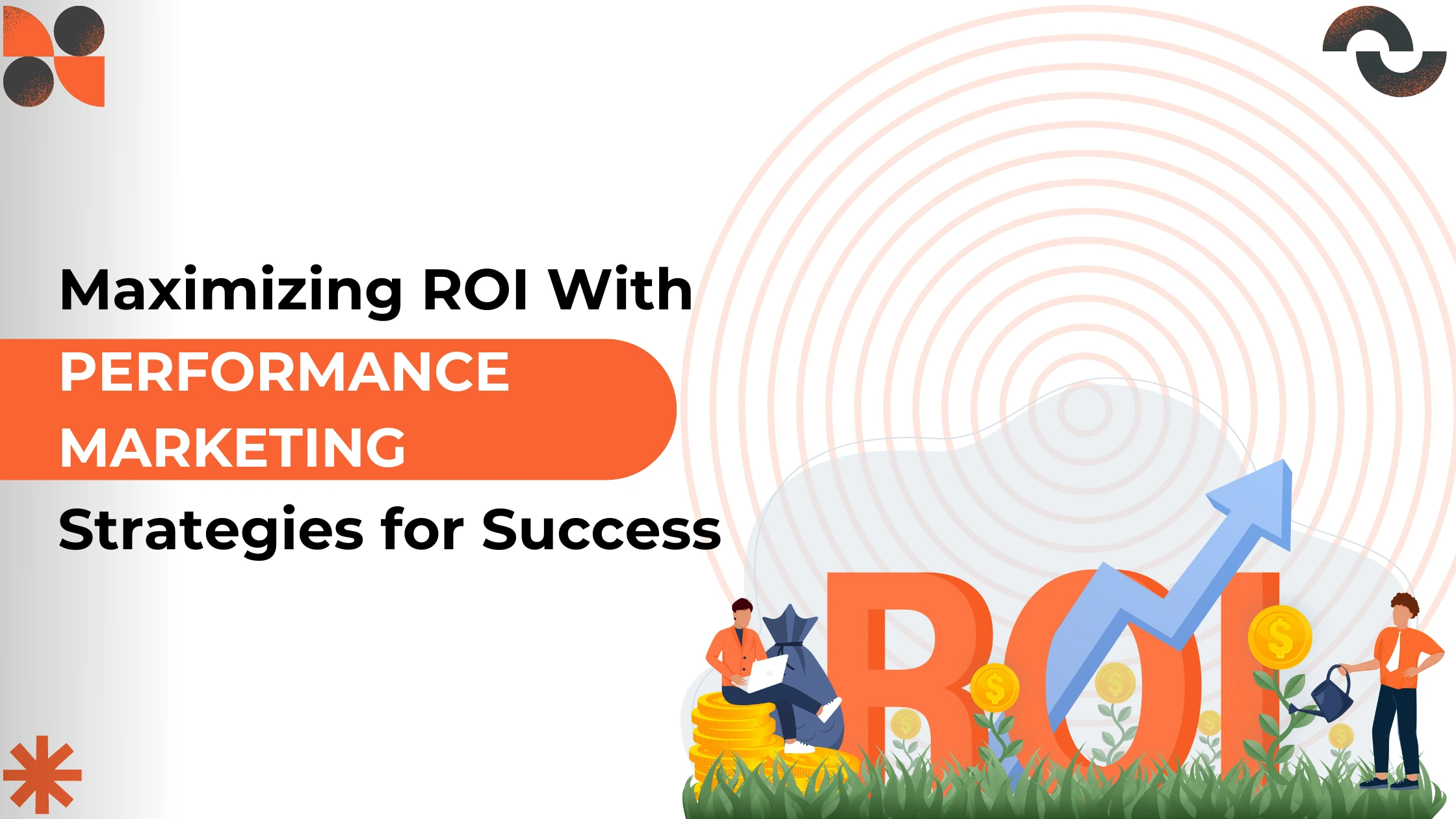
- Posted on
- admin
Maximizing ROI with Performance Marketing: Strategies for Success
Have you ever wondered how some businesses get so much out of their marketing efforts? The secret is performance marketing. This guide will help you understand and use performance marketing to maximize your ROI.
What is Performance Marketing?
Performance marketing is all about results. It focuses on campaigns that drive specific actions. These actions can be clicks, sales, or sign-ups. Advertisers only pay for successful transactions. This approach helps you get the most from your marketing budget.
Why is ROI Important in Marketing?
ROI stands for Return on Investment. It’s a measure of the profit earned from your marketing activities. High ROI means you are making more money than you are spending. In performance marketing, the goal is to boost ROI by only paying for successful outcomes.
Key Strategies for Success in Performance Marketing
To excel in performance marketing, you need effective strategies. Here are some essential ones:
1. Set Clear Goals
Start with clear goals. Know what you want to achieve. Looking to increase your sales, generate more leads, or drive higher website traffic? Clear goals help you focus your efforts and measure success.
2. Choose the Right Channels
Different channels work for different goals. Some common performance marketing channels include:
- Pay-Per-Click (PPC) Advertising: You are charged whenever someone clicks on your ad.
- Affiliate Marketing: You pay partners (affiliates) a commission for driving sales.
- Social Media Ads: Facebook and Instagram are the platforms which offer targeted advertising.
- Email Marketing: Send targeted emails to drive actions from your audience.
3. Use Data and Analytics
Data is your friend in performance marketing. Use analytics tools to track your campaigns. Look at what works and what doesn’t. Make data-driven decisions to improve your strategies.
4. Test and Optimize
Always test your campaigns. Use A/B testing to compare different versions of ads and optimize based on the results. It helps you find the best-performing ads and strategies.
5. Focus on Your Audience
Know your audience. Develop campaigns tailored to their specific needs and interests. Personalization can significantly increase your success rates. Use audience data to tailor your messages.
6. Leverage Retargeting
Retargeting helps you reach people who have shown interest in your products. It aims at users who have visited your website but didn’t convert for various reasons, and retargeting ads can remind them to complete their purchase.
Performance Trends to Watch
Staying updated with trends helps you stay ahead. Here are some current performance marketing trends:
- Artificial Intelligence (AI)
AI is transforming performance marketing. It helps with predictive analytics, audience targeting, and ad optimization. AI analyzes data faster and more accurately than humans.
- Influencer Marketing
Influencer marketing is growing. Partnering with influencers can drive significant results. They help you reach a larger, more engaged audience.
- Video Marketing
Videos are highly engaging. They are becoming a crucial part of performance marketing. Use videos to showcase your products and tell your brand story.
- Mobile Optimization
More people are using mobile devices. Ensure your campaigns are mobile-friendly. Mobile optimization helps to improve user experience and increase conversions.
- Personalization
Personalized marketing is very effective. Use data to create customized experiences for your audience. It can significantly enhance user engagement and boost conversion rates.
Measuring ROI in Performance Marketing
- Measuring ROI is crucial to understanding the success of your campaigns. Here’s how you can measure it:
1. Define Your Metrics
Choose the right metrics to measure success. Some standard metrics include:
- Cost Per Acquisition (CPA): The expenditure associated with acquiring a single customer.
- Click-Through Rate (CTR): This rate is the percentage of viewers clicking on your ad.
- Conversion Rate: It is the percentage of viewers who take the desired action.
2. Use Analytics Tools
Tools like Google Analytics help you track and measure your metrics. They offer valuable insights into how your campaigns are performing.
3. Calculate ROI
Calculate ROI by comparing your profits to your costs. The formula is:
ROI=(Net Profit / Cost of Investment)×100.
A higher ROI means your campaign is more profitable.
Tips for Boosting ROI with Performance Marketing
Boosting ROI with performance marketing requires a strategic approach and careful execution. Check out these key tips to help you boost your returns.
- Target Audience Precision: By accurately identifying your target audience, you can customize your efforts to reach those most likely to convert, thus maximizing the efficiency of your ad spend.
- Compelling Creatives: Creating visually appealing and compelling ad creatives, accompanied by persuasive messaging, helps grab your audience’s attention and encourages them to take action.
- Landing Page Optimization: Optimizing your landing pages ensures visitors have a seamless and engaging experience after clicking on your ads, increasing the likelihood of conversion.
- Constant Monitoring: Regularly monitoring key performance metrics allows you to track the effectiveness of your campaigns in real time and make necessary adjustments to optimize results.
- Data-Driven Optimization: Utilizing data and analytics to inform your marketing decisions enables you to refine your strategies according to your audience, leading to improved ROI over time.
- Channel Focus: Identifying and investing more in channels that deliver the highest returns allows you to allocate your resources more effectively.
- Retargeting Strategies: Implementing retargeting campaigns allows you to engage with users who have previously interacted with your brand. This increases the percentage of conversion and maximizes ROI.
- Personalized Approach: Tailoring your marketing messages and offers to suit the preferences of individual users. It helps create a more engaging experience, leading to higher conversion rates.
- Trend Awareness: Staying informed about the latest trends and developments in the industry enables you to adapt your strategies accordingly, ensuring that your marketing efforts remain relevant and effective.
- Continuous Improvement: Continuously testing, refining, and optimizing your marketing strategies helps you identify improvement areas and maximize the overall ROI of your performance marketing campaigns over time.

